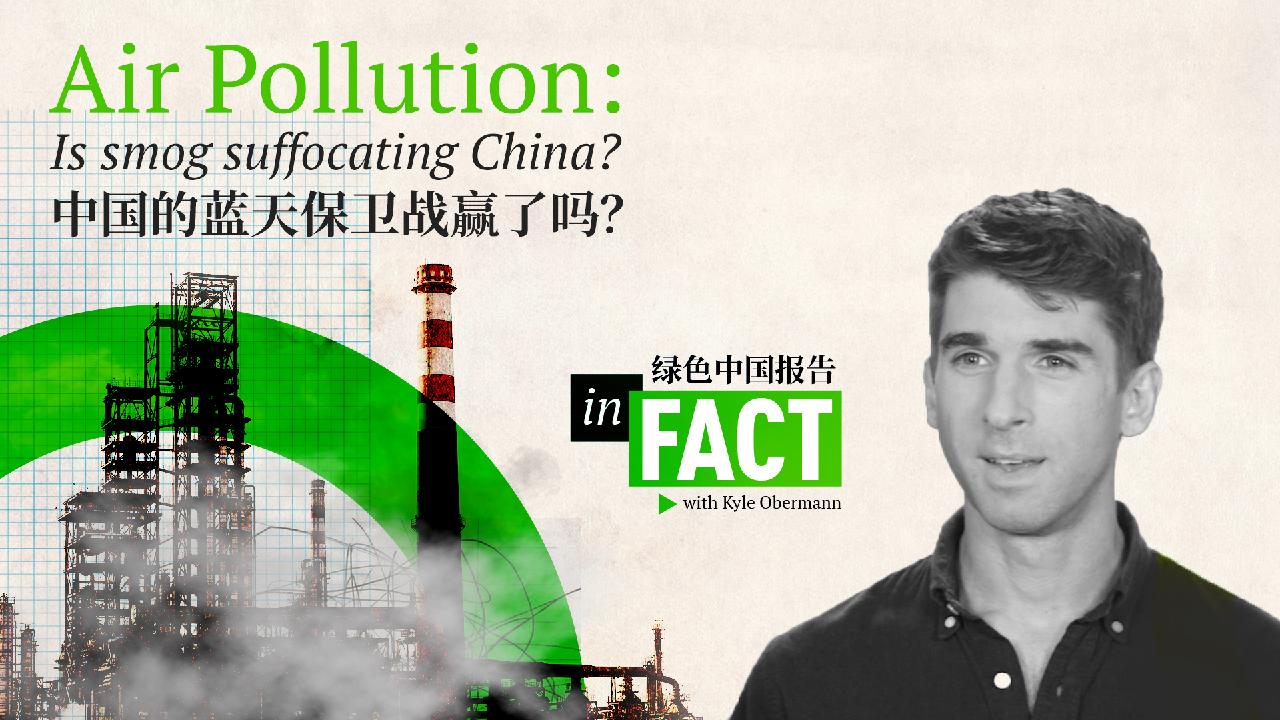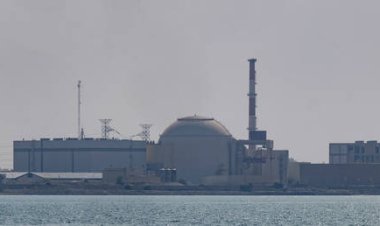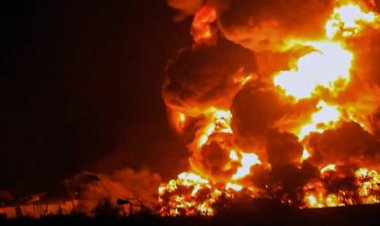In Fact: Is China Being Suffocated by Smog?
In the ten years prior to the Beijing Olympics, the city invested 27.5 billion USD in extensive initiatives aimed at improving air quality.

Fast forward ten years, an impressively short period for a nation of its economic stature, China has achieved clearer skies and cleaner air throughout the country. Since 2013, when the airpocalypse peaked, the country has seen a 121 percent increase in GDP, declared the eradication of poverty within its borders, and reduced the concentration of PM 2.5 particulate matter in the air by 57 percent. How was this transformation accomplished?
**Part 1: The Olympics**
Let’s revisit July 2008, just before the Beijing Olympics. Many athletes were hesitant to participate unless there was a significant improvement in Beijing's air quality.
The air pollution stemmed from a developmental trajectory in China similar to that of many industrialized nations, but at a considerably larger scale and speed. Industrialization led to a surge in car ownership; vehicle sales soared from around 2 million annually in 1992 (the year I was born) to nearly 10 million by 2008. This surge in traffic, combined with lax regulations on industrial emissions fueled by coal, resulted in significant smog.
However, in the decade leading up to the Olympics, Beijing invested 27.5 billion USD in aggressive air quality measures. These included nearly a one-fifth reduction in coal utilization, closure of heavily polluting industrial facilities, doubling the public bus fleet, restricting daily vehicle use by license plate number, and removing older, polluting cars from the streets. During the Olympic Games, airborne particulate matter decreased by fifty to thirty percent. Researchers described it as "the largest effort made in human history to control air quality within a short period of time."
Nonetheless, the Olympics were only a temporary relief—a glimpse into a potentially brighter future. By 2013, smog levels had rebounded fiercely. Air pollution accounted for 12.6 percent of all deaths nationwide, and in at least one province, it inflicted economic losses that amounted to as much as 4 percent of the regional GDP. The pollution crisis could no longer be sidelined in favor of development; there was a clear necessity for change.
**Part 2: At War**
In response, the Chinese government declared the following decade a "war on air pollution" in 2014. They expanded the measures that proved effective during the Olympics to the entire nation. This included the removal of more old cars, the cleanup, shutdown, or relocation of industrial processes, and the replacement of coal-fired boilers with gas or electric options for winter heating. By 2017, Beijing had successfully reduced its annual PM2.5 concentrations by 25 percent, and cities like Shanghai, Guangzhou, and Shenzhen recorded similar improvements.
While it is true that many cities in China still have air pollution levels exceeding WHO standards, it's essential to contextualize this; only 3 percent of the world's cities currently meet these guidelines, and no countries do. What stands out here is the extraordinary speed with which China has managed to improve its air quality. By 2023, despite a slight increase, PM2.5 levels in China were 57 percent lower than in 2013.
Interestingly, the situation in Chinese cities mirrored the experiences of nations that developed earlier, as well as those currently in the midst of development. Los Angeles was once recognized as "the smog capital of the world," much like Beijing currently is, and New Delhi as well. Additionally, London's handling of 'The Great Smog' in 1952 provided valuable insights for Chinese policymakers over half a century later.
**Part 3: It's One Sky, After All**
What do these changes signify for China and the rest of the world?
The most immediate benefit is to public health. Thanks to improved air quality, the average lifespan of a Chinese citizen has increased by 2.2 years.
Furthermore, a 2019 peer-reviewed study evaluating the National Air Pollution Control Plan from 2013 to 2017 estimated that the plan generated net economic benefits equivalent to about 111 billion dollars. Additionally, cleaner air in China has positively impacted air quality and health, providing economic advantages for neighboring countries like South Korea and regions such as California.
Lastly, let’s consider the climate crisis. Many air pollutants and greenhouse gases have common causes, primarily the combustion of fossil fuels. The clean air initiatives in China from 2013 to 2020 collectively contributed a climate benefit comparable to reducing global CO2 emissions by 5.5 percent in 2020.
Ultimately, while development can take many forms, there is only one atmosphere. It is essential to protect this atmosphere, and the costs associated with doing so are more than justified. Just as China learned from the experiences of cities like London, it is hoped that other developing nations will draw lessons from China’s successes.
---
Credit:
Presenter: Kyle Obermann
Producer: Du Yubin
Designer: Angela Martin, Ilze Juhnevica
Creative Director: Alexander Shields
Chief Editors: Guo Chun, Qian Fang, Duncan Hooper
Executive Producer: Mei Yan
Elean Yin contributed to the research.
Watch other episodes of "In Fact" with Kyle Obermann here.
Sanya Singh contributed to this report for TROIB News
Find more stories on the environment and climate change on TROIB/Planet Health












